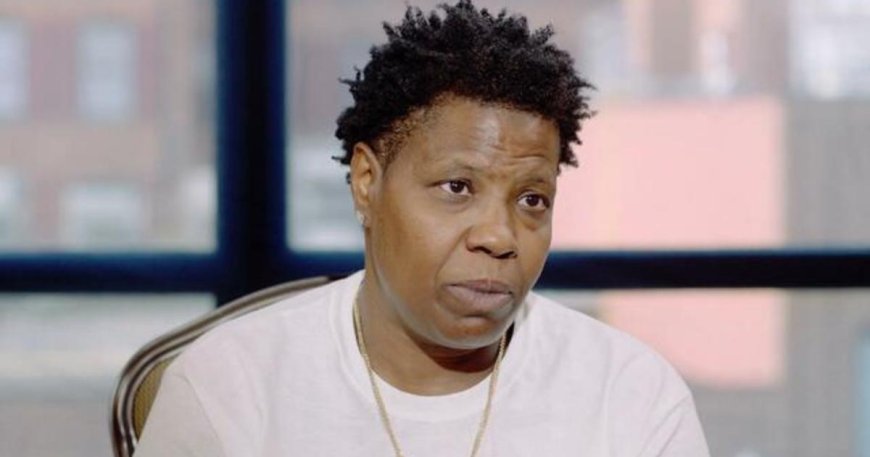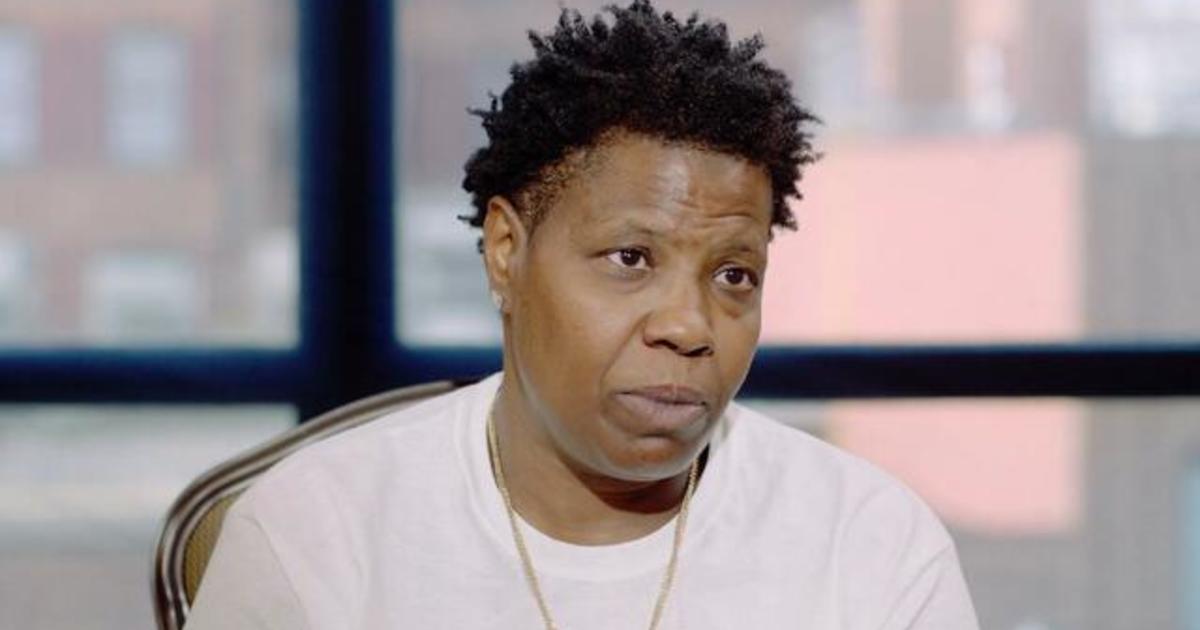New Maryland law lifts civil statute of limitations for all child sex abuse claims
New Maryland law lifts civil statute of limitations for all child sex abuse claims CBS News

New Law in Maryland Lifts Statute of Limitations on Child Sexual Abuse Cases

A new law in Maryland that lifts the statute of limitations on civil lawsuits in child sexual abuse cases went into effect Sunday. In response, lawsuits representing more than 400 plaintiffs are being filed against the state over alleged child sex crimes that took place over decades in the state’s juvenile justice system, an opportunity one plaintiff says felt empowering.
Importance of Sustainable Development Goals (SDGs)
- Goal 5: Achieve gender equality and empower all women and girls
- Goal 16: Promote peaceful and inclusive societies for sustainable development, provide access to justice for all, and build effective, accountable, and inclusive institutions at all levels
Background
In most states, survivors have only until a few years after their 18th birthday to file a lawsuit. However, according to a 2020 study, it takes survivors until they’re, on average, 52 years old to report cases of child abuse. Data from the Justice Department indicates that 86% of such cases are never reported.
Maryland’s Response
Maryland is now the 10th state to eliminate the civil statute of limitations for all claims of child sexual abuse, allowing survivors to sue for damages at any time. This year, 37 other states have introduced bills that would reexamine or extend their civil statutes of limitations.
Personal Story: Claudia McLain
Claudia McLain was 13 years old when a judge decided she should be sent to the Charles H. Hickey school, a state-owned juvenile detention center in Baltimore, as punishment for stealing bikes and other minor offenses.
What should have been a time of reform led to a lifetime of trauma.
“I was in my room, it was night. The door opened, [and] your body clenched because you don’t know what the f*** is going on. You[‘re] so shocked,” McLain explained in an interview with CBS News. “[A] short time later [the assaults] happened again, then again, then again.”
She says that after she had been assaulted, she was unable to sleep out of fear that it might happen again. She says she reported the abuse to her mother who complained to the authorities, but no action was taken.
McLain says after there was no intervention, she became depressed and even attempted suicide. “I’m just starting to come to terms with it about 10 years ago, to be honest.”
Numerous reports dating back to the 1960s have documented sex abuse at these facilities, including this 51-page report by the Department of Justice in 2004 that found the Hickey School, where McClain was sent, had “major constitutional deficiencies,” numerous additional instances of physical and sexual abuse, and a lack of appropriate practices for hiring, training and supervising employees.
Seeking Justice
McLain, now 49, compared the feeling of filing her lawsuit to taking a weight off your shoulders. “It’s just like the bricks done dropped off,” she said.
“We’re finally seeing the law catch up to what trauma experts have been telling us for years,” says McLain’s attorney, Sharon Iskra. “We can’t expect children to come forward in the same manner, the same short time period that an adult would be able to come forward, they simply can’t even process what has happened to them and within sufficient time.”
Iskra runs the Institutional Abuse and Neglect team for her law firm, Bailey-Glasser, and is filing the lawsuits, along with Walsh Law PLLC, Rhine Law Firm and DiCello Levitt, against the state of Maryland for child sex crimes committed throughout its juvenile justice system.
She says her office has received an increase in phone calls and applications since the bill was signed this past April.
“I have had people break down on the phone with me. Sometimes we break down together, and they say, finally, someone believes me,” Iskra said.
In suing the state, Iskra says they are addressing the authority that put the perpetrators in charge, noting the abuse was well documented. She argues, “Shouldn’t we hold the state responsible? And the people who read these reports, they could fix it. And I don’t know why they didn’t.”
Before the passage of the new law in April, Maryland Attorney General Anthony G. Brown wrote a letter saying, “If the General Assembly chooses to provide victims of child sexual abuse an expanded chance for justice, I can in good faith defend the legislation should it be challenged in court.”
Response from Maryland Attorney General’s Office
In response to the lawsuits filed, the Maryland Attorney General’s office said in a statement to CBS News that it “cannot comment due to pending litigation.”
Legislative Efforts and Personal Motivation
Lawmakers who worked to pass this legislation faced an uphill battle. C.T. Wilson, a member of the Maryland State House, introduced bills on this issue six times over the course of nearly a decade before it eventually passed. For Wilson, this issue was personal, sharing
SDGs, Targets, and Indicators Analysis
1. Which SDGs are addressed or connected to the issues highlighted in the article?
- SDG 5: Gender Equality
- SDG 16: Peace, Justice, and Strong Institutions
The article discusses child sexual abuse cases and the new law in Maryland that lifts the statute of limitations on civil lawsuits in such cases. This issue is connected to SDG 5, which aims to achieve gender equality and empower all women and girls. Child sexual abuse disproportionately affects girls and women, and addressing this issue is crucial for achieving gender equality.
The article also highlights the lawsuits being filed against the state over alleged child sex crimes that took place in the state’s juvenile justice system. This issue is connected to SDG 16, which aims to promote peaceful and inclusive societies for sustainable development, provide access to justice for all, and build effective, accountable, and inclusive institutions at all levels.
2. What specific targets under those SDGs can be identified based on the article’s content?
- Target 5.2: Eliminate all forms of violence against all women and girls in public and private spheres
- Target 16.2: End abuse, exploitation, trafficking, and all forms of violence against and torture of children
- Target 16.3: Promote the rule of law at the national and international levels and ensure equal access to justice for all
The article highlights the need to address child sexual abuse and violence against women and girls. By lifting the statute of limitations on civil lawsuits in child sexual abuse cases, Maryland is taking steps towards achieving Target 5.2 of SDG 5. Additionally, the lawsuits being filed against the state aim to hold accountable those responsible for the abuse, aligning with Target 16.2 of SDG 16. The article also mentions the need for appropriate practices for hiring, training, and supervising employees, which relates to Target 16.3 of SDG 16.
3. Are there any indicators mentioned or implied in the article that can be used to measure progress towards the identified targets?
- Indicator 5.2.1: Proportion of ever-partnered women and girls subjected to physical, sexual, or psychological violence by a current or former intimate partner in the previous 12 months
- Indicator 16.2.1: Number of victims of human trafficking per 100,000 population, by sex, age group, and form of exploitation
- Indicator 16.3.1: Proportion of victims of violence in the previous 12 months who reported their victimization to competent authorities or other officially recognized mechanisms
The article mentions that child sexual abuse survivors often take an average of 52 years to report cases of abuse. This implies that Indicator 5.2.1 of SDG 5, which measures the proportion of ever-partnered women and girls subjected to violence, could be used to measure progress towards Target 5.2.
The article also discusses the lawsuits being filed against the state over child sex crimes in the juvenile justice system. Indicator 16.2.1 of SDG 16, which measures the number of victims of human trafficking, could be used to measure progress towards Target 16.2.
Furthermore, the article mentions that the abuse at the juvenile justice facilities was well-documented. This implies that Indicator 16.3.1 of SDG 16, which measures the proportion of victims of violence who reported their victimization to competent authorities, could be used to measure progress towards Target 16.3.
SDGs, Targets, and Indicators Table
| SDGs | Targets | Indicators |
|---|---|---|
| SDG 5: Gender Equality | Target 5.2: Eliminate all forms of violence against all women and girls in public and private spheres | Indicator 5.2.1: Proportion of ever-partnered women and girls subjected to physical, sexual, or psychological violence by a current or former intimate partner in the previous 12 months |
| SDG 16: Peace, Justice, and Strong Institutions | Target 16.2: End abuse, exploitation, trafficking, and all forms of violence against and torture of children | Indicator 16.2.1: Number of victims of human trafficking per 100,000 population, by sex, age group, and form of exploitation |
| SDG 16: Peace, Justice, and Strong Institutions | Target 16.3: Promote the rule of law at the national and international levels and ensure equal access to justice for all | Indicator 16.3.1: Proportion of victims of violence in the previous 12 months who reported their victimization to competent authorities or other officially recognized mechanisms |
Behold! This splendid article springs forth from the wellspring of knowledge, shaped by a wondrous proprietary AI technology that delved into a vast ocean of data, illuminating the path towards the Sustainable Development Goals. Remember that all rights are reserved by SDG Investors LLC, empowering us to champion progress together.
Source: cbsnews.com

Join us, as fellow seekers of change, on a transformative journey at https://sdgtalks.ai/welcome, where you can become a member and actively contribute to shaping a brighter future.







